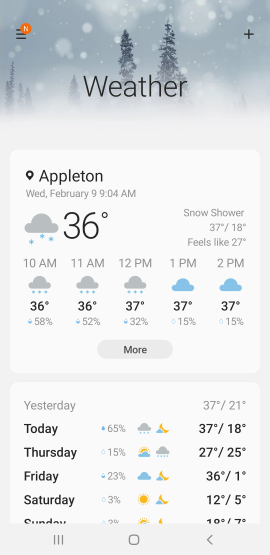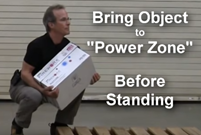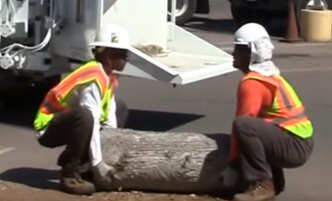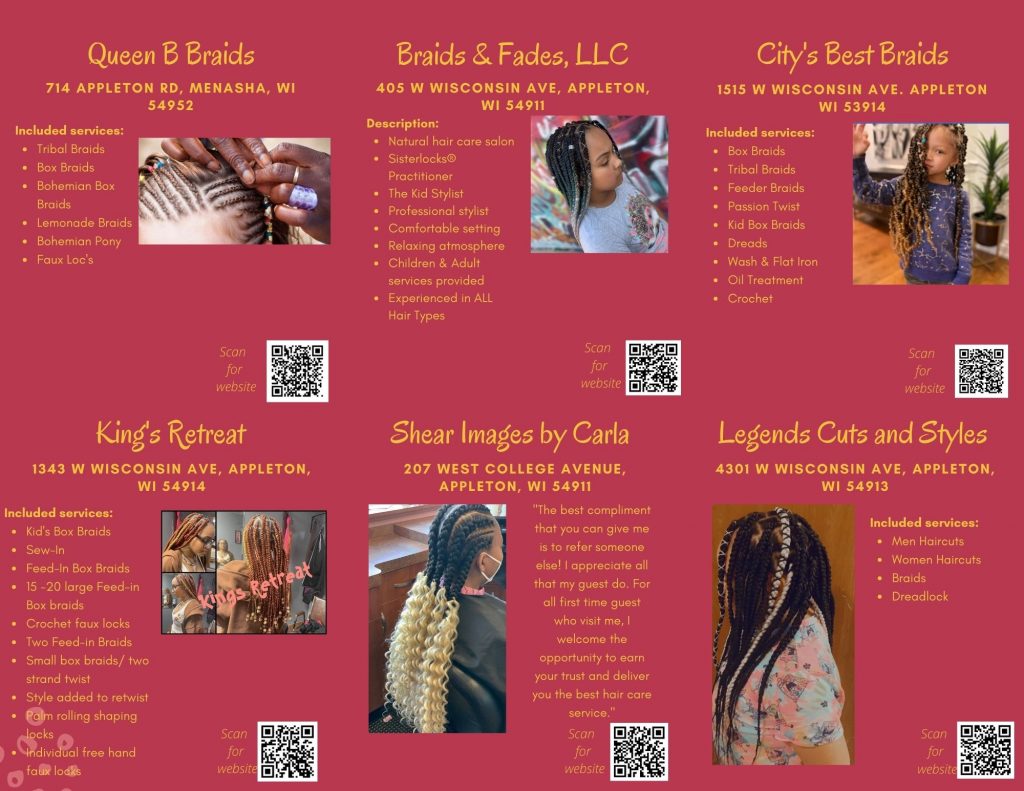Who is affected by environmental cold?
Environmental cold can affect any worker exposed to cold air temperatures and puts workers at risk of cold stress. As wind speed increases, it causes the cold air temperature to feel even colder, increasing the risk of cold stress to exposed workers, especially those working outdoors, such as snow cleanup crews, construction workers.
During emergency response activities or recovery operations, workers may be required to work in cold environments, and sometimes for extended periods. Cold stress is a common problem encountered in these types of situations.
Risk factors for cold stress include:
- Wetness/dampness, dressing improperly, and exhaustion
- Predisposing health conditions such as hypertension, hypothyroidism, and diabetes
- Poor physical conditioning

How cold is too cold?
When the body is unable to warm itself, cold related stress may result. This may include tissue damage and possibly death. Four factors contribute to cold stress: cold air temperatures, high velocity air movement, dampness of the air, and contact with cold water or surfaces. A cold environment forces the body to work harder to maintain its temperature. Cold air, water, and snow all draw heat from the body. Wind chill is the combination of air temperature and wind speed. For example, when the air temperature is 40°F, and the wind speed is 35 mph, your exposed skin receives conditions equivalent to the air temperature being 11° F. While it is obvious that below freezing conditions combined with inadequate clothing could bring about cold stress, it is also important to understand that it can also be brought about by temperatures in the 50’s coupled with some rain and wind.
How does the body react to cold conditions?
When in a cold environment, most of your body’s energy is used to keep your internal temperature warm. Over time, your body will begin to shift blood flow from your extremities (hands, feet, arms, and legs) and outer skin to the core (chest and abdomen). This allows exposed skin and the extremities to cool rapidly and increases the risk of frostbite and hypothermia. Combine this with cold water, and trench foot may also be a problem.
What are the most common cold induced problems?
Hypothermia, Frostbite, and Trench Foot.
What is Hypothermia?
Hypothermia which means “low heat”, is a potentially serious health condition. This occurs when body heat is lost faster than it can be replaced. When the core body temperature drops below the normal 98.6° F to around 95° F, the onset of symptoms normally begins. The person may begin to shiver and stomp their feet in order to generate heat. Workers may lose coordination, have slurred speech, and fumble with items in the hand. The skin will likely be pale and cold. As the body temperature continues to fall these symptoms will worsen and shivering will stop. Workers may be unable to walk or stand. Once the body temperature falls to around 85° F severe hypothermia will develop and the person may become unconscious, and at 78°, the person could die.
Treatment depends on the severity of the hypothermia. For cases of mild hypothermia move to warm area and stay active. Remove wet clothes and replace with dry clothes or blankets, cover the head. To promote metabolism and assist in raising internal core temperature drink a warm (not hot) sugary drink. Avoid drinks with caffeine. For more severe cases do all the above, plus contact emergency medical personnel (Call 911 for an ambulance), cover all extremities completely, place very warm objects, such as hot packs or water bottles on the victim’s head, neck, chest and groin. Arms and legs should be warmed last.
If worker is in the water and unable to exit, secure collars, belts, hoods, etc. in an attempt to maintain warmer water against the body. Move all extremities as close to the torso as possible to conserve body heat.
What is Frostbite?
Frostbite occurs when the skin actually freezes and loses water. While frostbite usually occurs when the temperatures are 30° F or lower, wind chill factors can allow frostbite to occur in above freezing temperatures. Frostbite typically affects the extremities, particularly the feet and hands. The affected body part will be cold, tingling, stinging or aching followed by numbness. Skin color turns red, then purple, then white, and is cold to the touch. There may be blisters in severe cases.
Treatment: Do not rub the area to warm it. Wrap the area in a soft cloth, move the worker to a warm area, and contact medical personnel. Do not leave the worker alone. If help is delayed, immerse in warm (maximum 105 °F), not hot, water. Do not pour water on affected part. If there is a chance that the affected part will get cold again do not warm. Warming and recooling will cause severe tissue damage.
What is Trench Foot?
Trench Foot or immersion foot is caused by having feet immersed in cold water at temperatures above freezing for long periods of time. It is similar to frostbite, but considered less severe. Symptoms usually consist of tingling, itching or burning sensation. Blisters may be present.
Treatment: Soak feet in warm water, then wrap with dry cloth bandages. Drink a warm, sugary drink.
What preventive measures should I take?
Plan for work in cold weather. Wearing appropriate clothing and being aware of how your body is reacting to the cold are important to preventing cold stress. Avoiding alcohol, certain medications and smoking can also help to minimize the risk.
Protective Clothing is the most important way to avoid cold stress. The type of fabric also makes a difference. Cotton loses its insulation value when it becomes wet. Wool, on the other hand, retains its insulation even when wet. The following are recommendations for working in cold environments:
- Wear at least three layers of clothing. An outer layer to break the wind and allow some ventilation (like Gortex® or nylon). A middle layer of down or wool to absorb sweat and provide insulation even when wet. An inner layer of cotton or synthetic weave to allow ventilation.
- Wear a hat. Up to 40% of body heat can be lost when the head is left exposed.
- Wear insulated boots or other footwear.
- Keep a change of dry clothing available in case work clothes become wet.
- Do not wear tight clothing. Loose clothing allows better ventilation.
Work Practices and planning are important preventative measures.
Supervisors, workers and coworkers should watch for signs of cold stress and allow workers to interrupt their work if they are extremely uncomfortable. Check the weather and wind conditions (feels like).
 |  |
- Schedule frequent short breaks in warm dry areas, to allow the body to warm up.
- Schedule work during the warmest part of the day.
- Use the buddy system (work in pairs).
- Provide warm, sweet beverages. Avoid drinks with alcohol.
- Provide engineering controls such as radiant heaters, shielding work areas from drafts.
- Provide personal protective equipment (insulated gloves).
Source: modified from OSHA site, https://www.osha.gov/winter-weather/cold-stress








